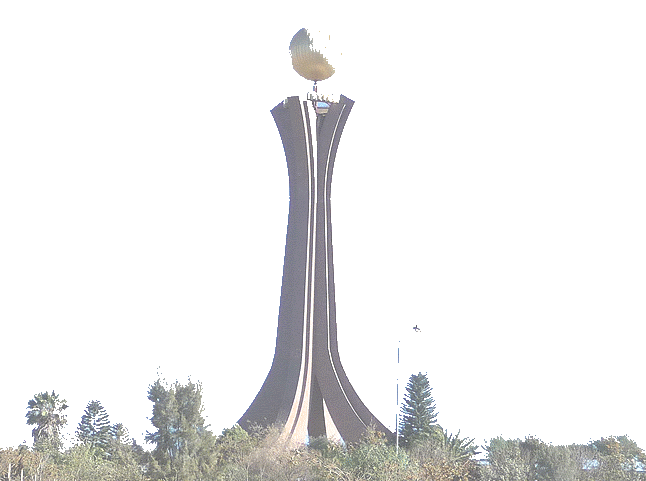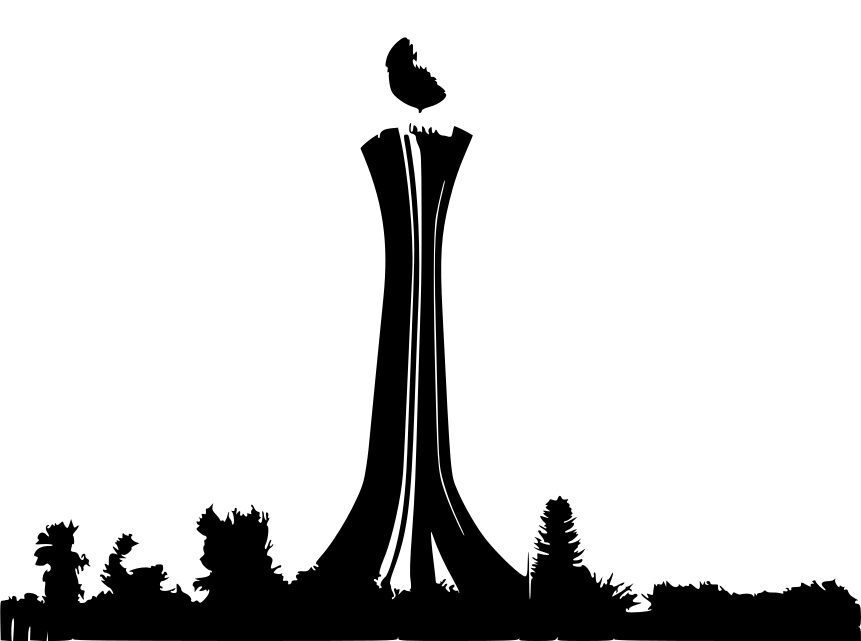Tigray’s Agonizing Dilemma: Land, Identity, and the Price of Survival
Tigray faces a profoundly agonizing dilemma, one that cuts to the very core of its identity, history, and pragmatic realities of survival in a hostile geopolitical landscape. Two sharply opposing perspectives regarding Western and Southern Tigray dominate current debates. Though diametrically opposed in their proposed solutions, each arises from a shared, desperate desire to ensure Tigray’s future.
This analysis seeks to examine these perspectives through the unforgiving lenses of history, geopolitical reality, and the current international political order.
The Path of Concession: Relinquishing Land for Life
The immediate cause of this agonizing dilemma is the overwhelming military upper hand possessed by Abiy Ahmed’s regime. This destructive capability is not merely symbolic but tangible—backed by substantial investments in modern artillery and advanced unmanned aerial vehicles (UAVs). These drones decisively shaped the first round of the genocidal war, and Tigray presently lacks the military means to decisively counter such overwhelming force without risking complete exhaustion and further devastation. This stark military imbalance underpins the logic of those advocating territorial concessions.
The Tactical Argument for Concession
Some Tigrayan elites, notably associated with Getachew Reda, suggest conceding Western and Southern Tigray to Abiy Ahmed as a necessary, albeit deeply bitter, compromise. They argue this painful sacrifice is the only feasible strategy to avert another devastating genocide and secure Tigray’s very existence.
Historically, when faced with overwhelming odds, nations have sometimes considered territorial concessions to avoid greater destruction. While the infamous Munich Agreement of 1938 stands as a stark warning against appeasement, concession proponents argue that temporary sacrifice may buy crucial time or limit damage to the population. This is cold realpolitik: preserving lives and the core political entity, even at the expense of lost territory.
The strongest argument for concession arises from international indifference. Despite repeated pleas, the world remains largely unwilling to enforce the Pretoria Agreement or protect Tigray’s territorial integrity. Continued armed resistance risks further devastating human, social, and economic costs, potentially collapsing Tigrayan society.
The Ideological Drift Toward an Ethiopian Identity
However, beneath this tactical argument lies a deeper, more dangerous ideological current: an inclination within part of the Tigrayan elite towards an Ethiopian-centered identity. For certain figures—including affiliates of Getachew Reda—the prospect of a strong, sovereign Tigray is secondary. They remain psychologically and politically aligned with an Ethiopia in which Tigray would be a mere “region,” fully subordinated under a newly restructured centralized state.
This is not new. Even before the Pretoria Agreement, segments of Tigray’s leadership showed clear comfort with Ethiopia’s centralized elite networks, hesitant to fully embrace Tigrayan self-determination. Now, this ideological alignment gains greater urgency due to Abiy Ahmed’s constitutional project: dismantling multinational federalism and imposing a unitary presidential system, effectively eradicating ethnic, linguistic, and cultural protections.
Abiy’s strategy is no secret—he steadily prepares to abolish the current constitution in favor of a geography-based political system. His rhetoric about a “citizen-first” Ethiopia is a thinly veiled disguise for cultural erasure and authoritarian centralization.
The Oromo Factor: The Hidden Engine of Abiy’s Unitary Vision
It is crucial to recognize that Abiy’s unitary vision directly aligns with the historical political agenda of the Oromo People’s Democratic Organization (OPDO), now Prosperity Party’s Oromia branch. Centralizing power and dismantling federal structures strategically advances OPDO’s longstanding objective of reducing political, economic, and cultural influence from the historically dominant northern regions, particularly Tigray and Amhara.
Although internal divisions exist and Abiy still combats OLF-Shene forces in parts of Oromia, this internal conflict largely masks deeper alignment among the broader Oromo political and economic elite. These elites generally support—or at least passively accept—Abiy’s overarching strategy, seeing it as a historic opportunity to solidify Oromo economic and political dominance. Many fear that Abiy’s failure could spark another catastrophic conflict, igniting violence across Addis Ababa, Oromia, and beyond. Thus, apparent divisions among Oromo groups obscure a deeper strategic consensus focused on reshaping Ethiopia’s power center decisively southward.
Aware of this trajectory, some Tigrayan elites may implicitly or explicitly accept Abiy’s centralized future, prepared to abandon Tigray’s distinct identity and autonomy in exchange for an illusion of peace. Such concessions are not merely about avoiding drones—they are about fundamentally reshaping Tigray’s political destiny. The risks are profound:
- Conceding land now initiates a larger surrender of national identity.
- Tigray risks becoming a weak, symbolic region within a centralized Ethiopia controlled from Addis Ababa.
- Sacrifices made during the recent war would become meaningless—the dream of self-determination erased without resistance.
Tigray’s leadership and people must recognize that not all calls for territorial concession arise from humanitarian concern. Some represent ideological surrender, a vision many Tigrayans would find utterly unacceptable.
The Path of Resistance: Fighting for Every Inch
Conversely, the majority of Tigrayans view the relinquishment of Western and Southern Tigray as wholly unacceptable. They argue Tigray must pay any price, including prolonged armed struggle, to maintain territorial integrity. Concession equates to existential betrayal.
This stance resonates deeply with historical liberation struggles and sustained resistance against occupation. For many Tigrayans, land is sacred, intertwined with history, culture, memory, and identity. Western Tigray (particularly Welkait and Humera) holds critical historical and economic importance, considered ancestral lands and a vital agricultural breadbasket. To surrender these areas would dishonor past sacrifices and betray future generations.
Furthermore, yielding territory seized through ethnic cleansing legitimizes aggression, signals weakness, and invites further demands. Proponents of resistance argue that lasting security stems from steadfast resolve—not appeasement. While prolonged resistance incurs significant cost, it may eventually weaken the aggressor or catalyze internal pressures within Ethiopia toward a just resolution.
The Unbearable Choice: Survival at What Cost?
Both perspectives present Tigray with stark and almost unbearable choices. Is survival defined merely by physical existence, or must it preserve full national identity and territorial integrity? In a world of absent international justice and politics dominated by raw power, both sides grapple deeply with what survival ultimately demands. This choice embodies Tigray’s profound tragedy—caught between concession and resistance, with no easy answers.
Closing Reflection: What Must Be Done
In this moment of profound uncertainty, Tigray’s leadership must avoid impulsive choices and rigid ideologies. Blind appeasement or reckless escalation both threaten long-term survival. Instead, Tigray needs a calibrated, strategic approach, preserving military strength, asserting political clarity, and ensuring temporary tactical compromises never become permanent betrayals.
Transparent leadership is crucial. Any sacrifice must be fully understood by the people. If resistance is chosen, it must be conducted with unity and sustained resolve. Ultimately, the challenge is not merely choosing between survival and sovereignty—it is managing this agonizing tension with wisdom, strategic patience, and unwavering clarity about Tigray’s ultimate national aspirations.

